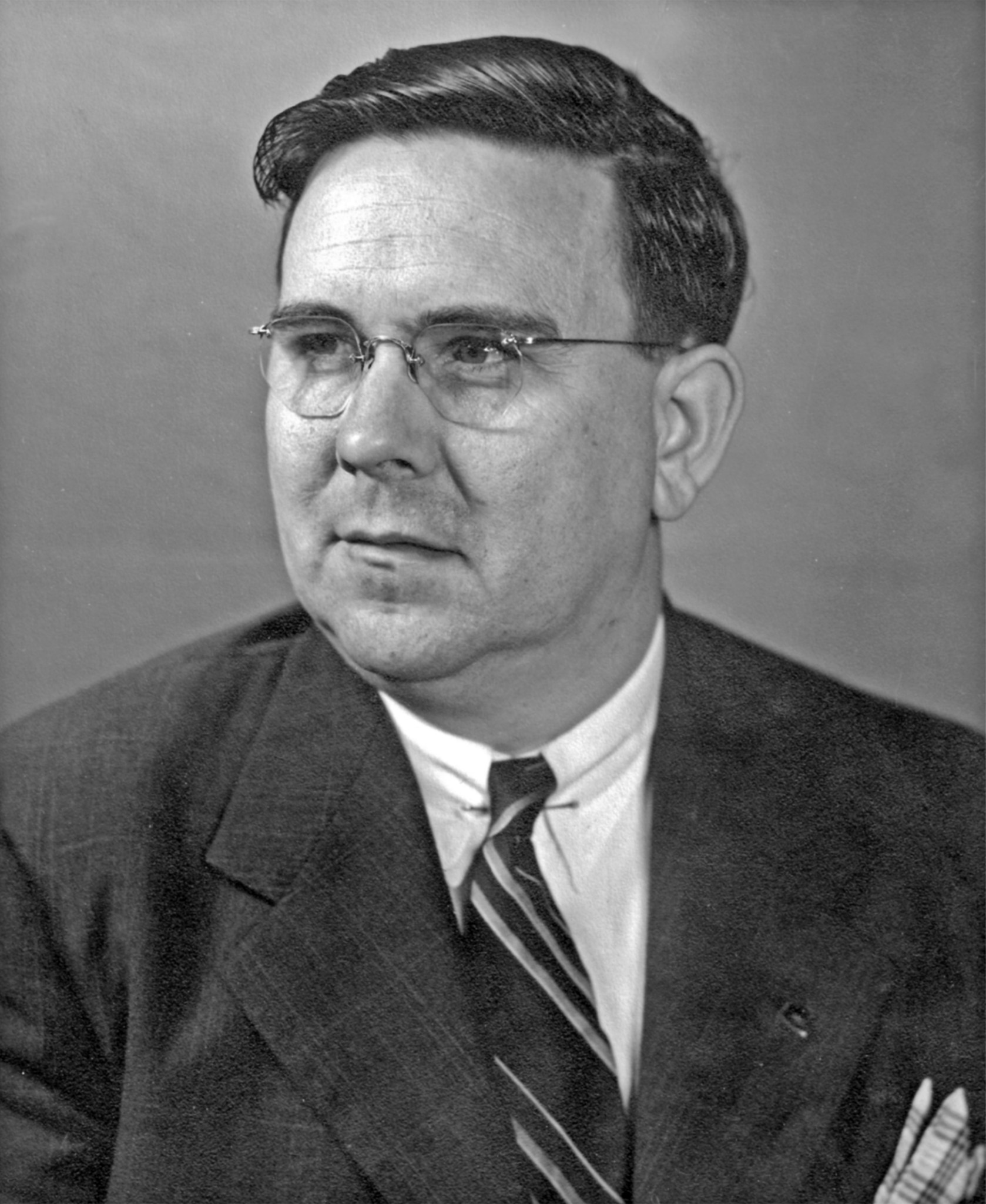Abbott was born in Wolfeboro, New Hampshire, and graduated from high school in Newburyport, Massachusetts. During high school, he invented his nickname “S” as a means of keeping his disciplinarian mother in the dark regarding his mischievous undertakings. Many years later, his close friends during his technical career referred to him by his nickname. He attended the Massachusetts Institute of Technology, where his interest in aeronautics was augmented by participation in ROTC activities, including aviation at historic Mitchel Field. He received a bachelor of science degree in aeronautical engineering from MIT in 1929.
He had learned about the NACA from the literature and technical reports, and was interested in possibly working at Langley; but the staff of the Aeronautical Engineering Department at MIT at the time tried to persuade him to remain at the Institute. However, on one occasion, Eastman Jacobs of Langley visited MIT and presented an overview of aeronautical research in general, with emphasis on the activities at Langley. Abbott was tremendously impressed and decided to go to work for Jacobs, if possible. The MIT staff was so anxious to keep him “in the fold” that they offered to send him to Gottingen, Germany, to get a doctorate degree under Ludwig Prandtl—they even offered to pay all of his expenses, as well as provide the same salary he would be making for the NACA. However, in 1929, the aeronautical industry in the United States was flourishing, and Abbott had over 50 job offers. After attending a recruiting meeting with Langley’s H. J. E. Reid, on-site at MIT, he decided to accept an offer from the NACA, at the lowest salary of any of his job offers.
Abbott joined the NACA Langley Memorial Aeronautical Laboratory (LMAL) in 1929 as a junior aeronautical engineer at the Variable Density Tunnel, under the supervision of Jacobs. The first decade of his career was focused on airfoil research, including studies of pressure distributions, expanding the family of NACA airfoils, and documenting airfoil characteristics in technical reports. At the beginning of World War II, almost 90-percent of all U.S. aircraft were using NACA wing sections, and designers drew heavily on the contents of the data, which had been disseminated to industry. His classic 1945 NACA Report, Summary of Airfoil Data, co-authored with Albert von Doenhoff, was one of the most important reports ever written by the NACA, and is still used by airplane designers today.
Ironically, later in his career Abbott stunned many in the world of aeronautics by commenting that he was surprised that Langley’s airfoil research had such an impact on the design of aircraft wings. As he stated at a NASA Advanced Airfoil Conference in 1978, “Wing design depends on many three-dimensional effects, not just an airfoil section.”
In addition to becoming a major contributor to advanced airfoil technology, he participated in the design and operation of several important Langley wind tunnels. He joined Jacobs and John Stack in the design of the Langley 24-Inch High-Speed Tunnel; and also worked with Jacobs to design the “Langley Ice Tunnel,” which had the geometry of a low-turbulence tunnel. The theme of icing studies was used, as a ruse, to obtain otherwise unavailable funding for construction of the facility. Once operational, the tunnel was renamed the Two-Dimensional Low-Turbulence Tunnel and was quickly applied to studies of advanced laminar-flow airfoils, which were incorporated in the design of U.S. military aircraft such as the North American P-51 Mustang. Abbott also participated in the design of the more advanced Two-Dimensional Low-Turbulence Pressure Tunnel.
Abbott left Jacobs’ organization in 1943 to join the Full-Scale Research Division. He was promoted to the position of Assistant Chief of the Division in 1945, and later became Assistant Chief of Langley’s Research Department. He provided support for John Stack’s X-1 research airplane project at the time. While serving at Langley, Abbott was approached on many occasions, by John W. “Gus” Crowley of the NACA Headquarters staff, to work in Washington.
After 19 years at Langley, Abbott transferred to NACA Headquarters in 1948 and, in 1950, became the Assistant Director of Research (Aerodynamics). Throughout his life, he characterized the NACA as a tough, “can-do” group that transcended innumerable bureaucratic blockades to provide the aeronautical community with invaluable results. He pointed out that the NACA was so small that three quarters of the member of Congress didn’t even know it existed. After his arrival in Washington, he testified before congressional committees and oft-times, before his testimony was over, someone in Congress would interrupt and ask, “Is the NACA a government agency?”
In 1957–1958, he was Chairman of the Wind-Tunnel Panel of NATO’s Advisory Group on Aeronautical Research and Development. When NASA was established in 1958, he served as Assistant Director of Research (Aerodynamics and Flight Mechanics). He supervised research programs in basic fluid mechanics; applied aerodynamics for aircraft, missiles, and spacecraft; and controls, guidance and navigation. In 1959, he was appointed NASA’s Deputy Director of Aeronautical and Space Research, while retaining the responsibilities of his previous job. Abbott’s last assignment, in 1961, was as Director, Advanced Research and Technology. In that important managerial position, he supervised the X-15 research airplane program, NASA’s contributions to the U.S. supersonic transport program, the nuclear rocket and advanced reentry technology programs.
Abbott retired from NASA, in 1962, with more than 32 years of government service. He and his family were honored at a special luncheon at Langley by his friends and former associates.
Abbott married the former Martha Streeter and the couple had three children: sons John Howard and Ira H. A., and a daughter, Martha. Son Ira H. A. Abbott followed his father in a career with NASA, including assignments in the Electronics Shop and the Instrumentation Research Division. He retired from Langley in 1990.
Ira Abbott died on November 3, 1988, in Newport News, Virginia, at the age of 82.



























